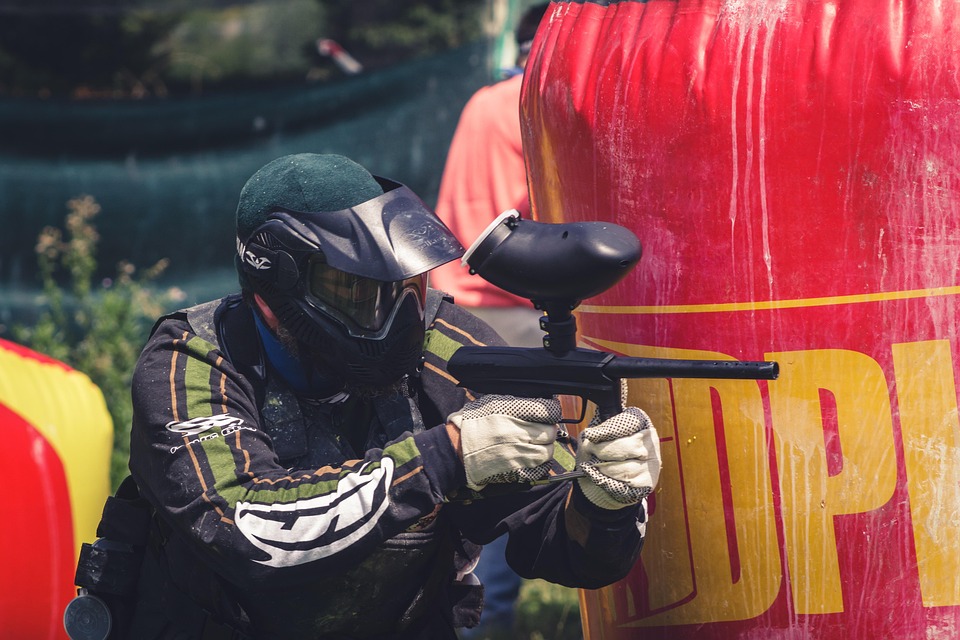In today’s fast-paced and complex business environment, the effectiveness of a team often determines the success of an organization. Tactical teams—often established to target specific projects or objectives—are increasingly being recognized for their strategic importance. However, these teams do not function in isolation; collaboration is essential for achieving superior results. This article explores how breaking down the silos within tactical teams and enhancing collaboration can lead to improved performance and outcomes.
Understanding Tactical Teams
Tactical teams are typically formed to address specific challenges, capitalize on opportunities, or implement projects. These teams often consist of members with diverse skills and expertise, tailored to meet the objective at hand. However, while the term "tactical" implies a focused approach, it can also lead to narrow thinking and a lack of holistic understanding if team members operate independently without effective communication.
The Importance of Collaboration
1. Enhanced Problem-Solving:
When team members collaborate, they bring various perspectives and ideas to the table. This multiplicity of viewpoints fosters creativity and innovation, which can lead to more effective solutions. Collaborative environments encourage brainstorming and open dialogue, enabling teams to tackle complex problems with greater efficacy.
2. Improved Efficiency:
Collaboration often leads to a division of labor, where tasks are shared according to each member’s strengths. This not only speeds up project completion but also ensures a higher quality of work. A collaborative approach can eliminate redundancies and streamline processes, ultimately increasing productivity.
3. Strengthened Relationships:
Building strong interpersonal relationships among team members is fundamental to collaboration. Trust and mutual respect allow team members to communicate openly, share resources, and support one another. This leads to a more cohesive unit that works effectively toward common goals.
Breaking Down Silos
To harness the full potential of tactical teams, organizations must actively work to break down internal silos. Here are some strategies to foster collaboration:
1. Create a Culture of Collaboration
Leaders should cultivate an organizational culture that prioritizes collaboration. This can be achieved by encouraging communication across departments and instilling a shared vision for success. Regular cross-functional meetings and collaborative workshops can help foster this culture.
2. Implement Collaborative Tools
Utilizing digital collaboration tools can significantly enhance communication among team members. Platforms such as Slack, Microsoft Teams, and project management software like Trello or Asana provide team members with means to connect, share progress, and input feedback in real time.
3. Define Common Goals
Establishing clear and unified objectives is vital. Tactical teams should be aligned around a specific purpose, with team members understanding how their individual roles contribute to the larger mission. Regularly revisiting these goals can keep the team focused and motivated.
4. Facilitate Cross-Training
Cross-training team members in different functional areas enhances their understanding of each other’s roles and promotes collaborative problem-solving. This approach not only increases flexibility but also prepares team members to step in for one another when needed.
5. Encourage Open Communication
Creating a safe space for team members to voice ideas, concerns, and feedback is critical. Open communication lays the foundation for trust and encourages team members to collaborate rather than compete. Leaders should model this behavior by being transparent and receptive to feedback.
Measuring Success
To assess the effectiveness of collaboration within tactical teams, organizations should establish key performance indicators (KPIs). These might include project completion rates, the quality of outputs, and team satisfaction scores. Regular evaluations can help teams iterate on their processes and continue improving collaboration.
Conclusion
In an increasingly collaborative world, breaking down tactical teams’ silos is not merely beneficial—it is essential. By fostering environments that encourage open communication, shared goals, and the use of collaborative tools, organizations can unlock the true potential of their tactical teams. In doing so, they not only achieve superior results but also position themselves for long-term success in a competitive landscape. Ultimately, the power of collaboration in tactical teams redefines what is possible and drives innovation, efficiency, and excellence.



